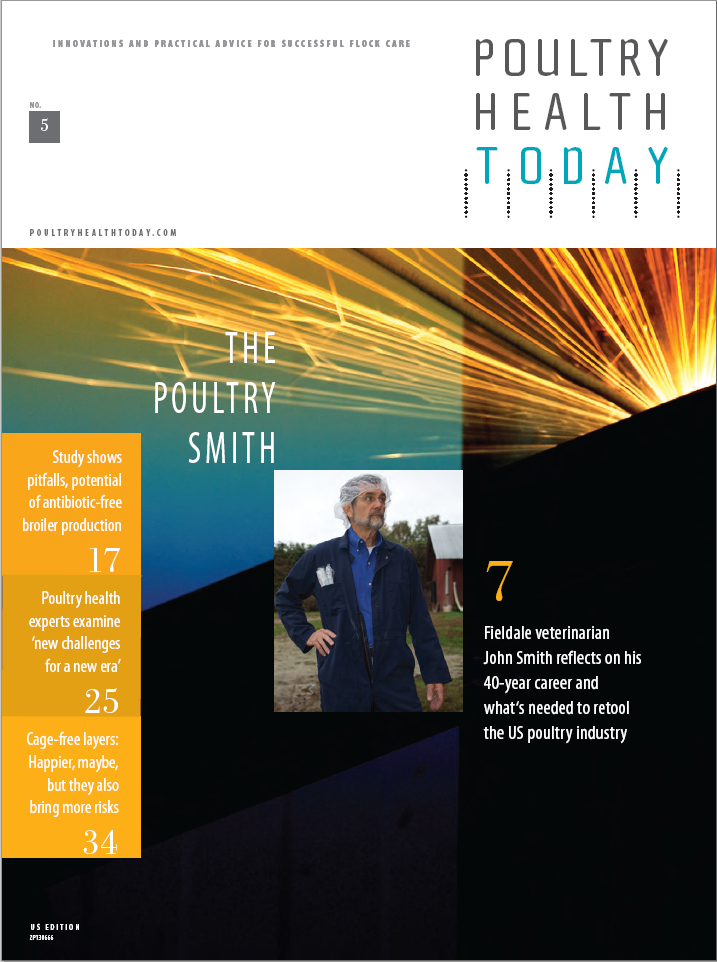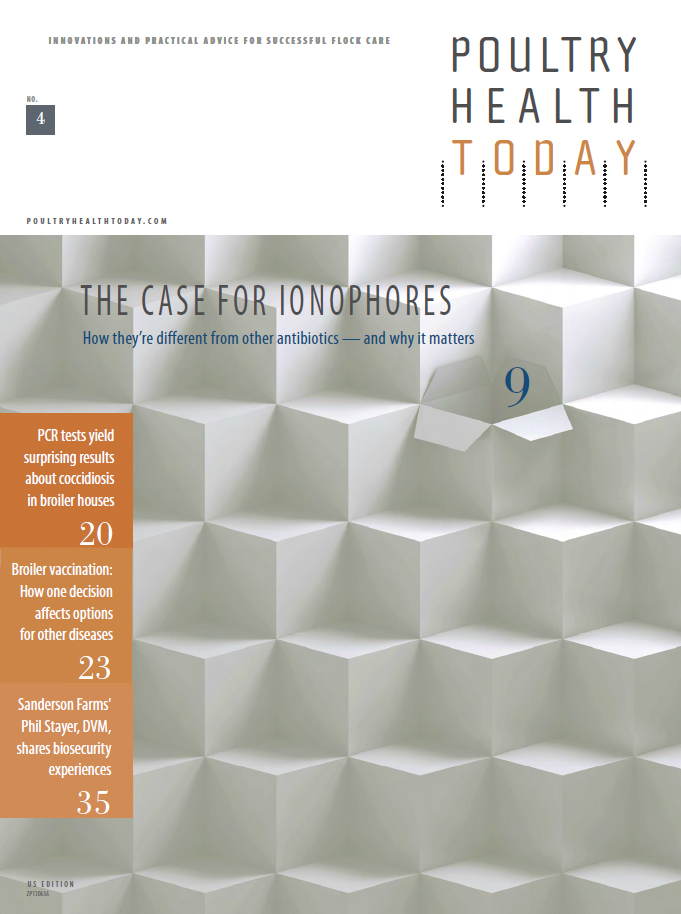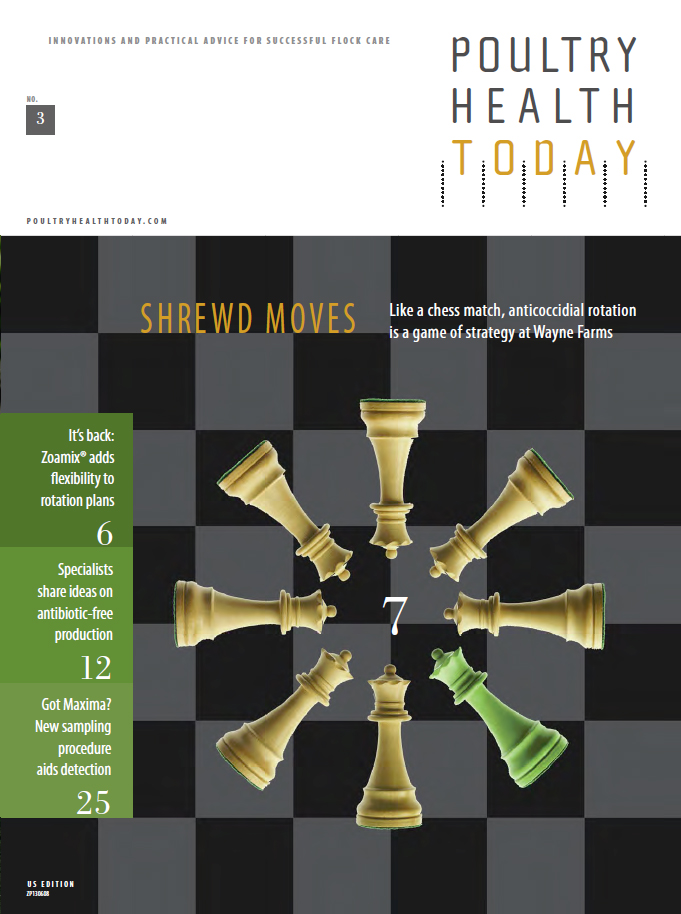

Editorial – Judicious antibiotic use: How should the poultry industry be judged?

Beginning in January 2017, FDA will require veterinarians to issue a veterinary feed directive, or VFD, for any medically important antibiotics administered through poultry or livestock feed. That’ll mean a little more paperwork and recordkeeping for veterinarians, feed mills and producers, but it’s a minor inconvenience if it helps ensure long-term antibiotic efficacy for both humans and animals.
Moreover, the new rule applies to less than 15% of the feed medications used in US poultry. The rest — ionophores, synthetic anticoccidials, bacitracin and bambermycins — are not deemed medically important by FDA and therefore won’t require a VFD.
Keeping score
As a veterinarian, I fully support government initiatives to promote more judicious use of medically important antimicrobials. What’s not clear is how these efforts will be evaluated.
While moderating a recent discussion among poultry health specialists (see pp. 25-33), I asked how the industry should be graded for its efforts to use antibiotics judiciously. The panel didn’t provide a definitive answer, but it did agree that “snapshot” views of antibiotic consumption or resistant organisms would be misleading.
Collecting and interpreting data
Poultry Health Today’s editor recently asked the same question of FDA. According to health communications specialist Megan Bensette, FDA is working with USDA, CDC and the major animal-health companies to improve data collection on resistance patterns and antimicrobial usage.
“Gathering information on the way medically important antibiotics are used is essential to measuring the impact of GFI #213,” she said. “With this in mind, FDA recently held a joint public meeting with USDA and CDC to obtain input from the public on approaches for collecting on-farm antimicrobial use and resistance data.”
In addition, Bensette reported, FDA has partnered with four states to perform whole-genome sequencing on samples provided by the National Antimicrobial Resistance Monitoring System. The data “will provide unprecedented details on changes in resistance genes from animals and animal-derived foods.”
There’s no question more data will help measure our success. The question now is how it will be analyzed and interpreted.
More complete picture
Bensette acknowledged “there is currently no appropriate method to analyze associations between changes in antimicrobial use and shifts in resistance patterns on a national level.” The agency and USDA are therefore collaborating with a Cornell University researcher to create a workshop group to develop a new mathematical model that targets the “most valuable” data.
“Together, these sources of information will help provide a more complete picture of the relationship between antimicrobial use in food-producing animals and resistance,” Bensette said. That, in turn, would help evaluate the impact of GFI 213.
It will be important for all industry stakeholders — veterinarians, producers and feed-mill managers — to pay close attention to this evaluation process and make their voices heard.
Lloyd Keck, DVM, ACPV
Senior Technical Services Veterinarian, Zoetis
More Issues












